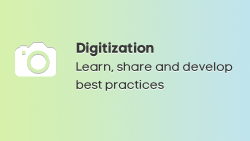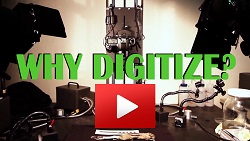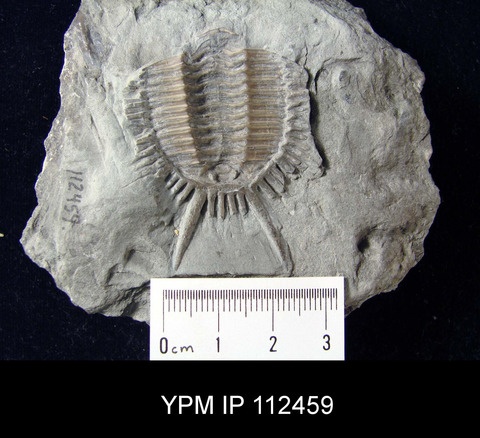API Documentation
The iDigBio API is a RESTful pattern HTTP API that primarily delivers data in JSON format. The iDigBio API also tries to follow the REST paradigm's HATEOAS (Hypermedia as the Engine of Application State) model, which basically means that within each API endpoint we provide a list of relevant links to further API actions. This list typically is stored in either the "idigbio:links" in v1 or below or the "links" property in v3. In general, the largest difference between v1 and v3 responses is that the "idigbio:" namespace has been dropped from all system-level property names.









